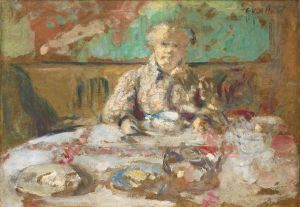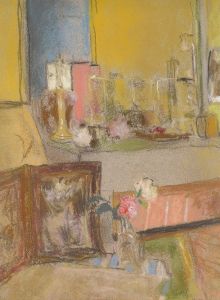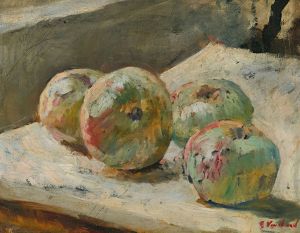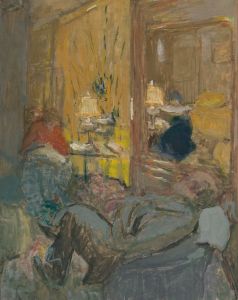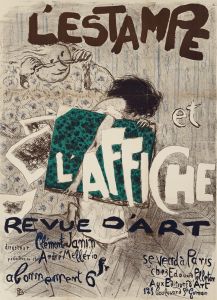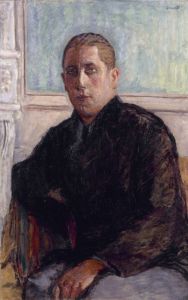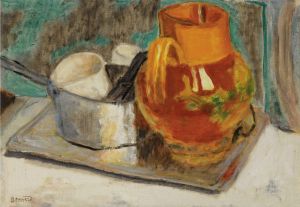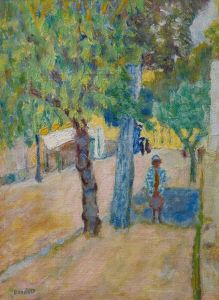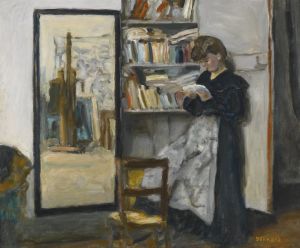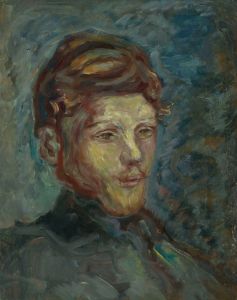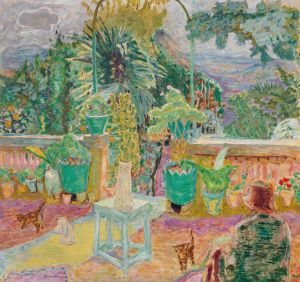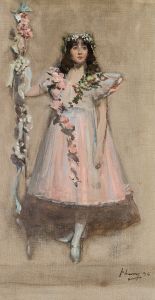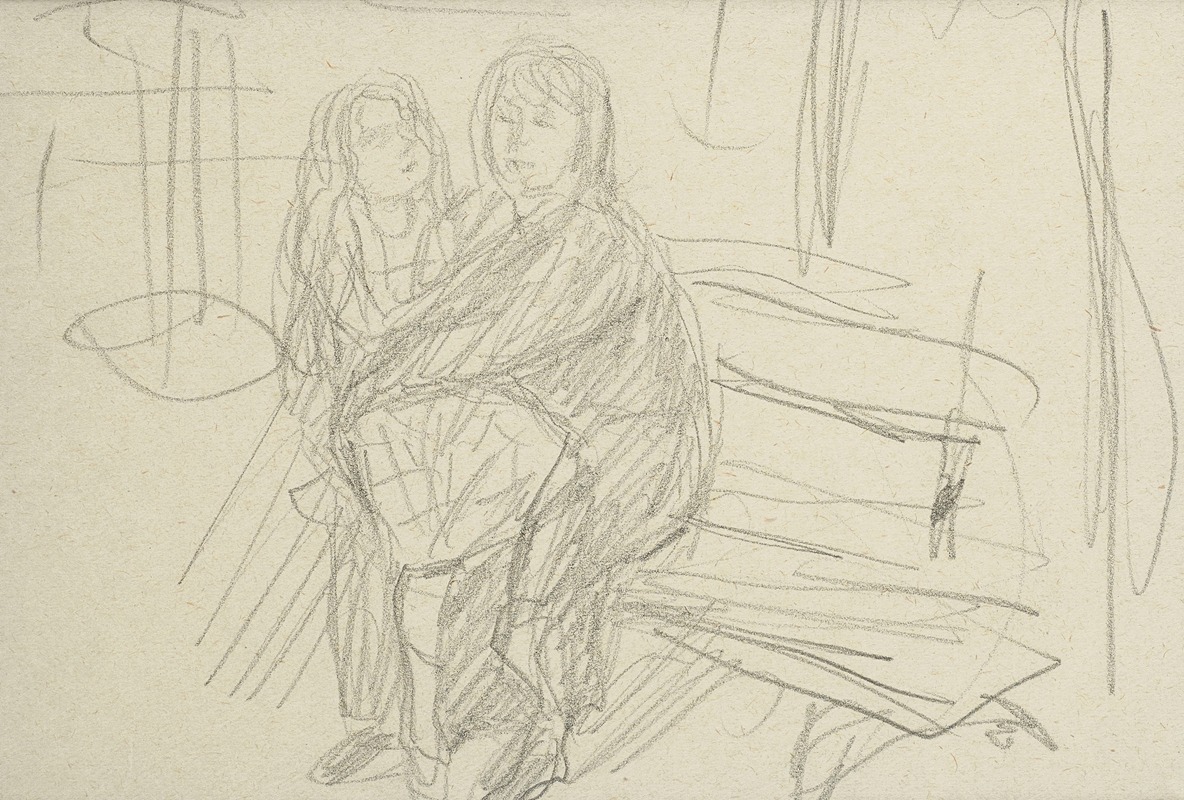
Femme et enfant sur un banc
A hand-painted replica of Pierre Bonnard’s masterpiece Femme et enfant sur un banc, meticulously crafted by professional artists to capture the true essence of the original. Each piece is created with museum-quality canvas and rare mineral pigments, carefully painted by experienced artists with delicate brushstrokes and rich, layered colors to perfectly recreate the texture of the original artwork. Unlike machine-printed reproductions, this hand-painted version brings the painting to life, infused with the artist’s emotions and skill in every stroke. Whether for personal collection or home decoration, it instantly elevates the artistic atmosphere of any space.
Pierre Bonnard was a French painter and a founding member of the Post-Impressionist group of avant-garde painters known as Les Nabis. His work is characterized by a strong emphasis on color, light, and composition, often depicting intimate domestic scenes. One of his notable works is "Femme et enfant sur un banc" (Woman and Child on a Bench).
"Femme et enfant sur un banc" is a painting that exemplifies Bonnard's unique style and thematic focus. Created during a period when Bonnard was deeply engaged with capturing the nuances of everyday life, this painting reflects his interest in the intimate and personal aspects of human experience. The painting portrays a woman and a child seated on a bench, a subject that allows Bonnard to explore the relationship between the figures and their environment.
Bonnard's use of color in "Femme et enfant sur un banc" is particularly noteworthy. He employs a rich palette to convey the warmth and tranquility of the scene. The colors are not merely representational but are used expressively to evoke mood and emotion. This approach is characteristic of Bonnard's work, where color often takes precedence over form, creating a sense of harmony and balance within the composition.
The composition of the painting is carefully constructed, with Bonnard paying close attention to the arrangement of elements within the frame. The positioning of the woman and child on the bench creates a sense of intimacy and connection, while the surrounding environment is rendered with a softness that enhances the overall feeling of serenity. Bonnard's ability to capture the subtleties of light and shadow further adds depth to the scene, drawing the viewer into the quiet moment shared by the figures.
Bonnard's interest in domestic scenes and the everyday lives of people is a recurring theme in his work. "Femme et enfant sur un banc" is a testament to his ability to find beauty in the mundane and to elevate simple moments to the level of art. This focus on the personal and the intimate is a hallmark of Bonnard's oeuvre, setting him apart from many of his contemporaries who were more concerned with grand historical or mythological subjects.
The painting also reflects Bonnard's broader artistic philosophy, which was influenced by his association with Les Nabis. This group of artists sought to break away from traditional academic painting and explore new ways of seeing and representing the world. Bonnard's work, including "Femme et enfant sur un banc," embodies this spirit of innovation and experimentation, pushing the boundaries of color and composition to create works that are both visually striking and emotionally resonant.
In summary, "Femme et enfant sur un banc" by Pierre Bonnard is a quintessential example of the artist's style and thematic interests. Through his masterful use of color, composition, and light, Bonnard captures a moment of quiet intimacy, inviting viewers to appreciate the beauty of everyday life. The painting stands as a testament to Bonnard's skill as an artist and his enduring influence on the world of modern art.





